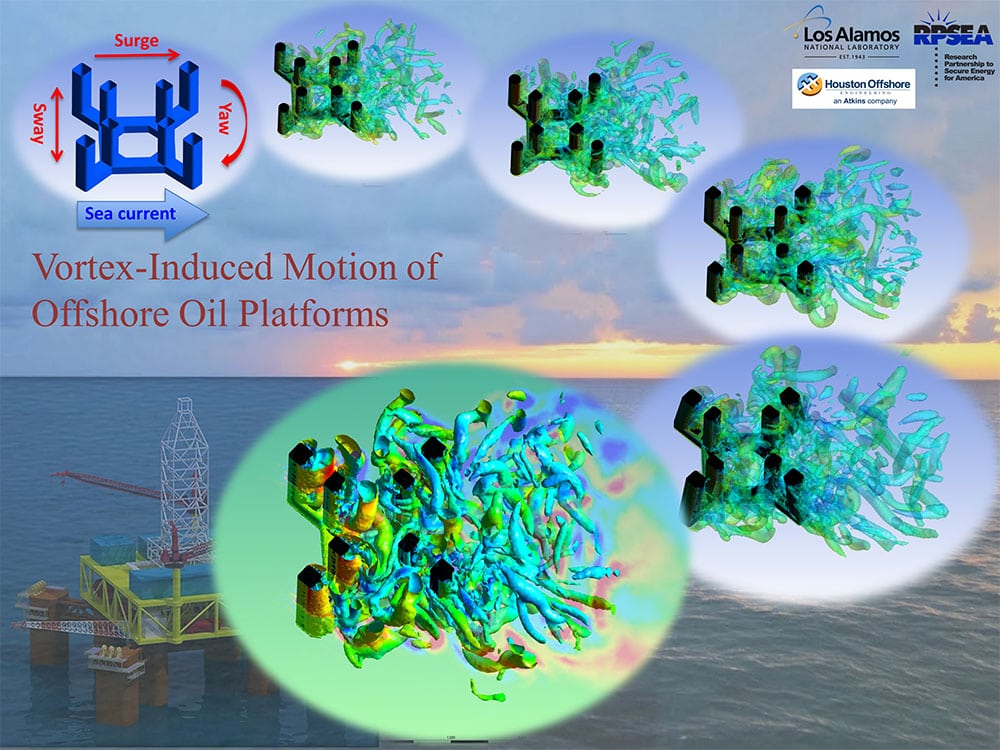Every year for a while now ANSYS, Inc. has chosen models made by users of the ANSYS software tools for their Hall of Fame. This year had some very cool models across CFD, Structural, and Electromagnetic – including some great Multiphysics applications. Visit the ANSYS website to see all the winners here.
The three commercial winers of "Best in Show" were varied but powerful examples of how simulation can be used to improve performance and reliability of products:
Andritz Hydro used ANSYS Mechanical to model their assemblies to see if replacing welds with bolted joints would reduce weight and cost while keeping reliability. They used sub-modeling, bolted joints, and contact.
BRP used ANSSY CFX, ICEM CFD, and Mechanical to capture the forces caused by cavitation on their outboard marine engine. This engine pushes a boat at 75MPH (!!!) through the water, so yes, they get cavitation. They used ICEM CFD for meshing, CFX to predict the cavitation and capture the cavitation loading, and Mechanical to see how the loading impacted the gear train and shafts. They were able to obitmize the desgin quickly using this process.
Spinologics used ANSYS Mechanical APDL to model the process of using a rod to straighten a deformed spine (scoliosis). They use the scriptability of the APDL to automate the creation of the models. Very cool stuff. Check out the video on the link.
We also want to mention two customers that were involved as Finalists.
|
|
|
|
This competition is a great way to see what others are doing, and if you submit your models, to show off what you have done. Contact your ANSYS rep to learn more or drop us a note.






















